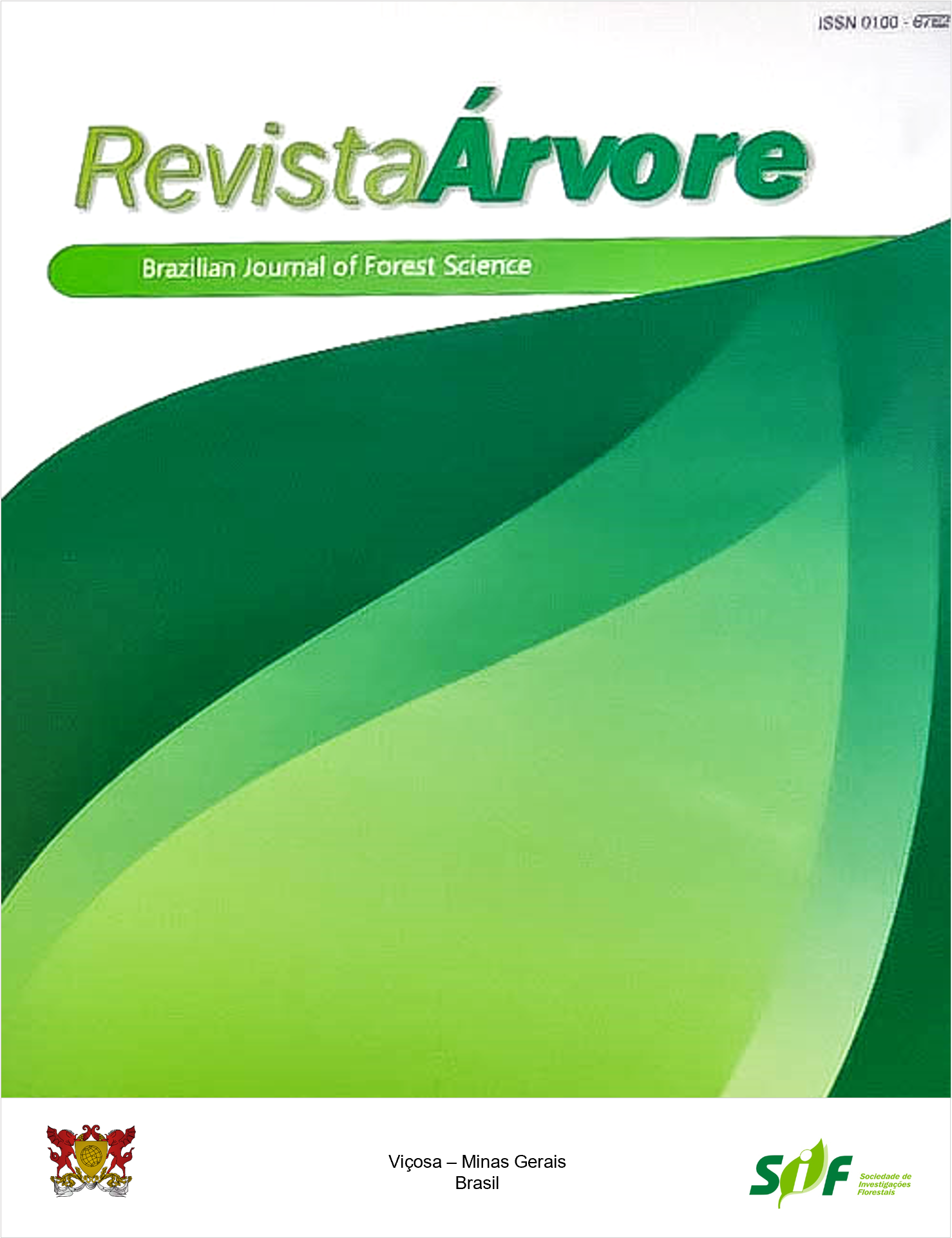BASIC WOOD DENSITY, FIBER DIMENSIONS, AND WOOD CHEMICAL COMPOSITION OF FOUR Eucalyptus SPECIES PLANTED IN SOUTHERN BRAZIL
Keywords:
Basic density, Fibers, Wood chemistryAbstract
In the Brazilian planted forest sector, most of the species used are from the genus Eucalyptus. Even though Southern Brazil has a suitable climate for species of the genus Pinus, the planting of frost-resistant Eucalyptus species has been increasing annually. The objective of this study was to evaluate the basic density, fiber dimensions, and chemical composition of Eucalyptus benthamii, Eucalyptus dunnii, Eucalyptus saligna, and Eucalyptus cloeziana woods. The trees used were from a six-year-old experimental plantation located in Canoinhas, state of Santa Catarina. For each species, three trees were selected, and discs were removed from each tree at 0%, 25%, 50%, 75%, and 100% of the commercial stem height. To evaluate the quality of the wood, the basic wood density, fiber dimensions, and chemical composition of the wood were determined by comparing the values between species and between the heights in the stem. The highest basic density was that of the wood of E. cloeziana; this species also had the greatest length and width of fibers. E. dunnii had the lowest levels of lignin and the highest levels of holocellulose. The highest lignin content was found in the wood of E. benthamii, E. saligna, and E. cloeziana. The relationship between wood properties and stem height was not relevant. The results highlight the tendency for higher extractives to be found at taller heights (100%), and holocellulose and lignin content are similar at all heights.
Keywords: Basic density; Fibers; Wood chemistry
Downloads
Published
How to Cite
Issue
Section
License
All authors agreed to submit the work to Revista Árvore and granted the exclusive license to publish the article. The authors affirm that it is an original work and has not been previously published elsewhere. The scientific content and opinions expressed in the article are the sole responsibility of the authors and reflect their opinions, not necessarily representing the opinions of the editorial board of Revista Árvore or of the Society of Forest Investigations (SIF).




